Are your cleaning practices harming the environment without you even realizing it? In our search for spotless surfaces, we often overlook the environmental impact of pressure washing. But what if there was a way to wash responsibly and minimize our carbon footprint?
Let us tell you about the environmental impacts of pressure washing. From water consumption to chemical runoff, we’ll explore the hidden consequences and provide you with practical tips to make a positive change.
Get ready to discover how small actions can make a big difference in preserving our planet.
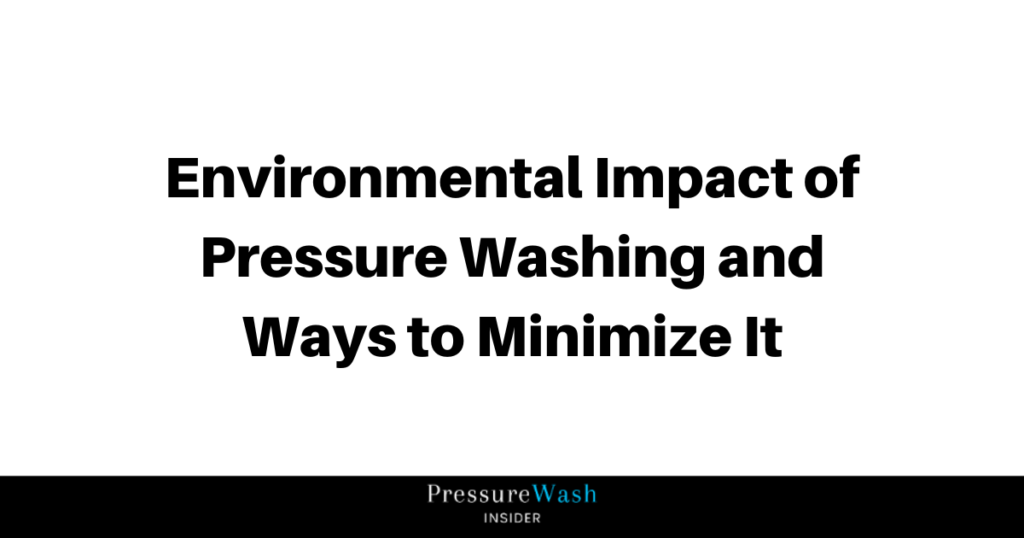
Table of Contents
Environmental Concerns
- Water Usage
Pressure washing requires a substantial amount of water. Excessive water usage can strain local water resources, particularly in areas facing water scarcity or drought conditions. It is crucial to be mindful of water conservation and use the minimum amount necessary for effective cleaning.
Picture this: you’re outside, pressure-washing your driveway on a hot summer day. The water gushes out, effortlessly cleaning away the dirt. But did you know that in just 30 minutes, you could easily use over 120 gallons of water?
That’s more than enough to fill multiple bathtubs! With so many people pressure washing, it’s time to consider the environmental impacts of pressure washing and find ways to conserve water while keeping our surfaces clean.
- Chemical Runoff
Many pressure-washing applications involve the use of detergents or cleaning agents to enhance the cleaning process. These chemicals can pose a risk to the environment if they are not properly managed.
Chemical runoff from pressure washing can find its way into storm drains, rivers, or groundwater, potentially harming aquatic life and contaminating water sources.
- Noise Pollution
The use of pressure washers has the potential to cause hearing loss.
Pressure washers produce significant noise levels, especially when operated at high pressures. Prolonged exposure to loud noise can be disruptive and distressing to both humans and wildlife.
It is important to be considerate of noise levels, especially in residential areas or near-natural habitats.
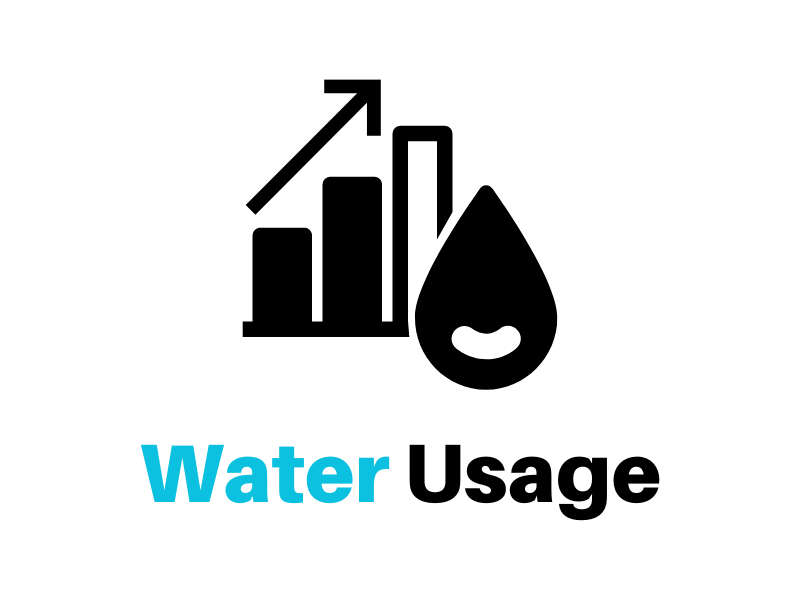
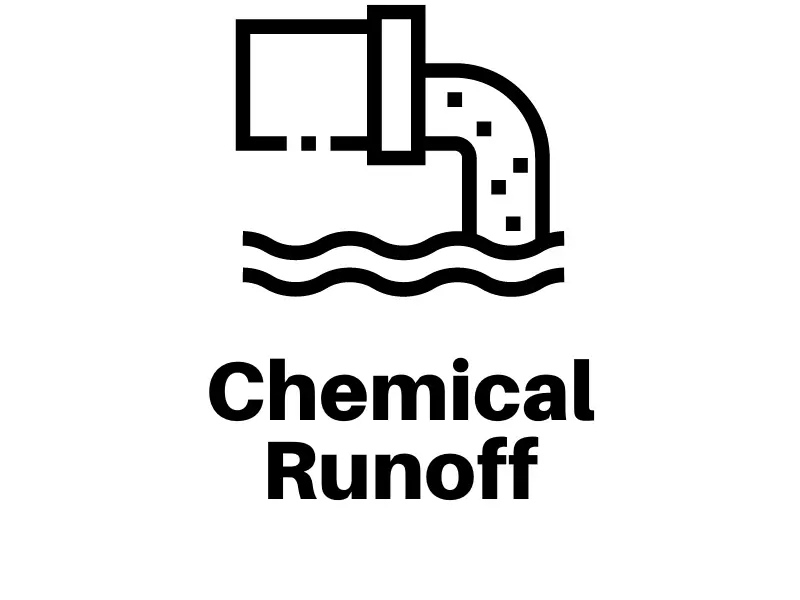
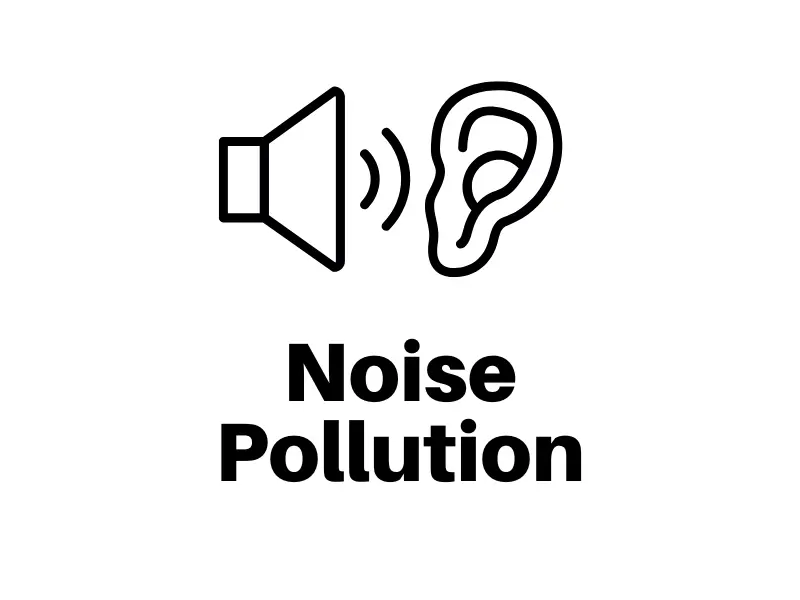
- Energy Consumption
Pressure washers typically run on electricity or fuel. The energy required to power these machines contributes to carbon emissions and environmental pollution.
Reducing energy consumption by using more energy-efficient equipment or alternative cleaning methods can help mitigate this impact.
Consider the electricity or fuel required to power a pressure washer. The energy consumed contributes to carbon emissions and environmental pollution, making it important to seek more energy-efficient equipment or explore alternative cleaning methods.
- Impact on Ecosystems
The forceful water spray from pressure washing can disturb and displace delicate ecosystems, such as gardens, lawns, or natural habitats.
It is important to be cautious when pressure washing in areas where plants or wildlife may be vulnerable to damage.
- Damage to Surfaces
While pressure washing can be effective in removing dirt, it can also cause damage to certain surfaces if not used correctly. High-pressure water jets can strip away paint, chip away at fragile materials, or etch patterns into surfaces.
It is essential to use appropriate pressure levels and nozzles suitable for the specific cleaning task.
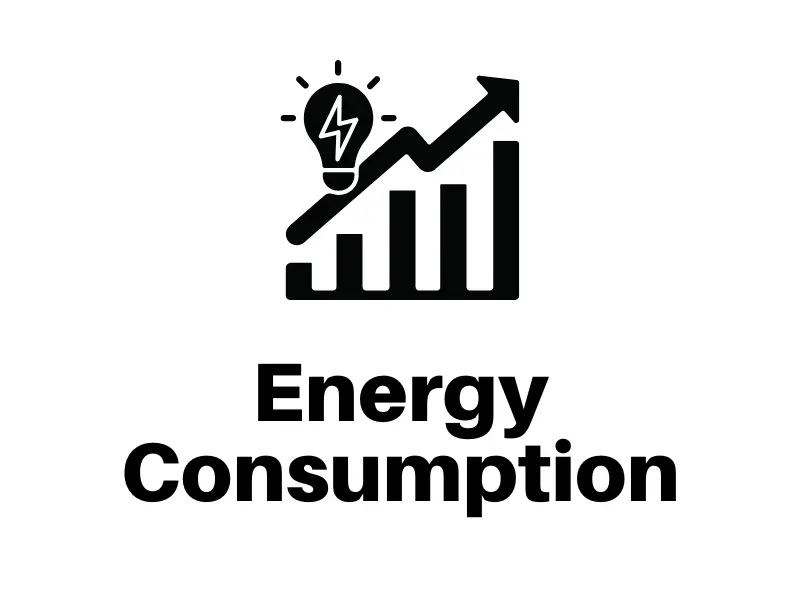
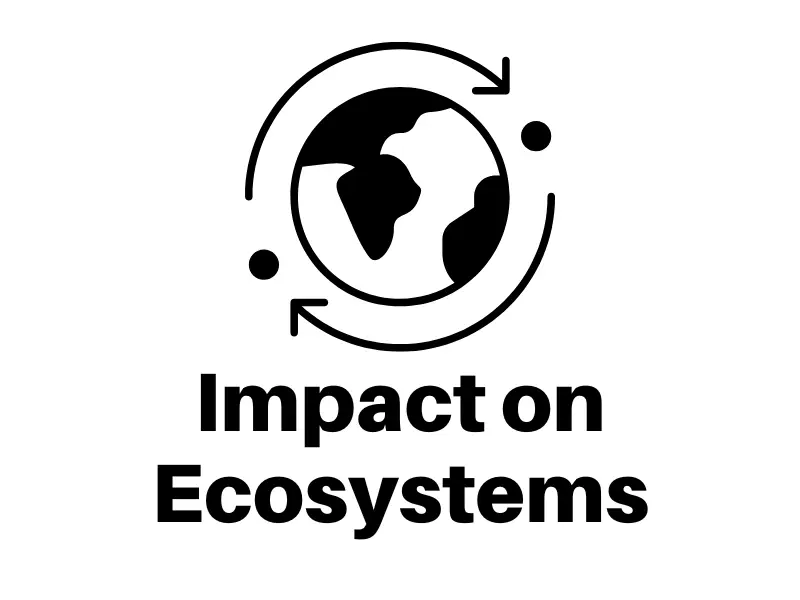
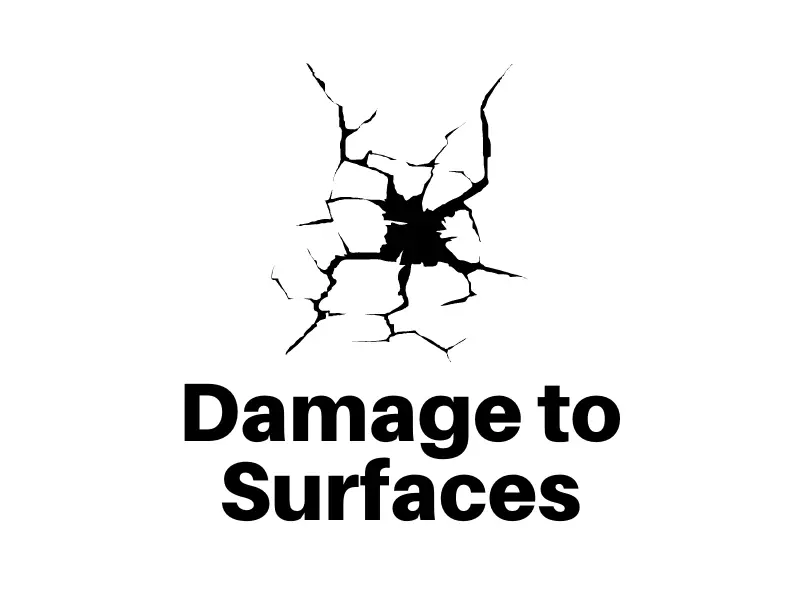
Ways To Minimize Environmental Impact
- Choose Eco-Friendly Detergents
When it’s time to tackle those stubborn stains, opt for environmentally friendly and biodegradable detergents. These products are designed to break down easily without leaving harmful residues behind.
By using eco-friendly detergents, we can reduce the negative impact on aquatic life and water sources. Plus, they often come in delightful scents like fresh citrus or soothing lavender, making your cleaning experience even more enjoyable!
- Use Water-Efficient Equipment
Make a splash with water-efficient pressure washing equipment. Look for models that offer adjustable pressure settings and flow rate control. These features allow you to tailor the water usage according to your cleaning needs.
Whether you’re blasting away grime from your patio or sprucing up your car, you can conserve water by using just the right amount. It’s a win-win situation for both your cleaning tasks and the environment!
- Proper waste disposal
What goes down the drain matters. When you’re done pressure washing, it’s essential to dispose of the wastewater and debris responsibly.
Avoid letting the dirty water flow directly into storm drains or natural waterways. Instead, collect the wastewater and debris and dispose of them in a manner that complies with local regulations.
By taking this extra step, we can prevent pollutants from harming our precious ecosystems.
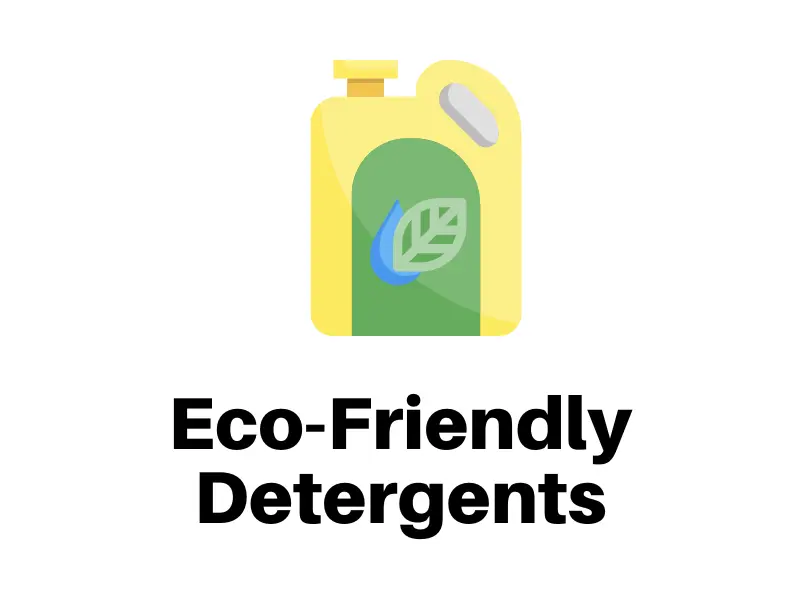
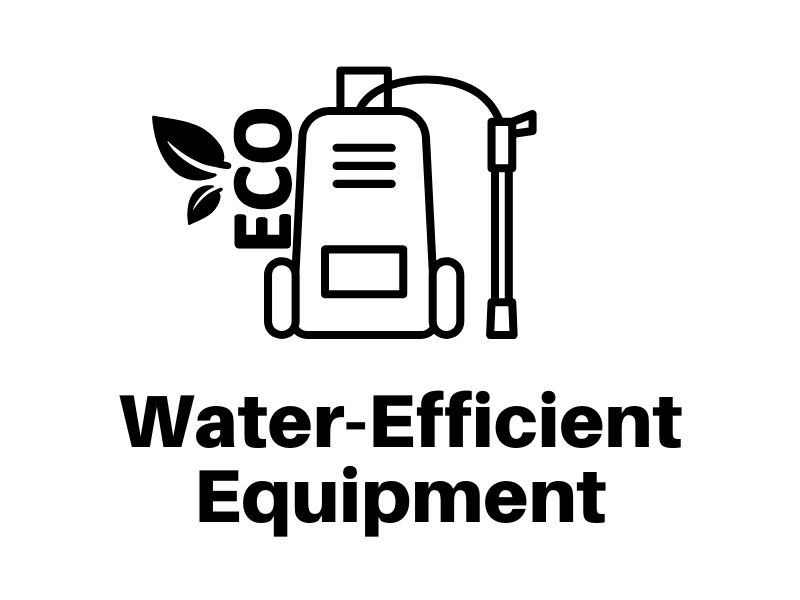
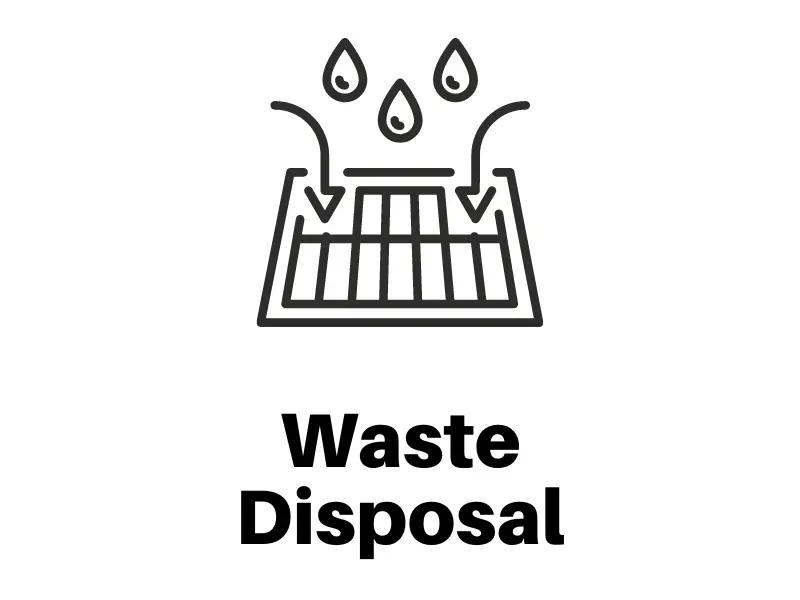
- Avoid overuse
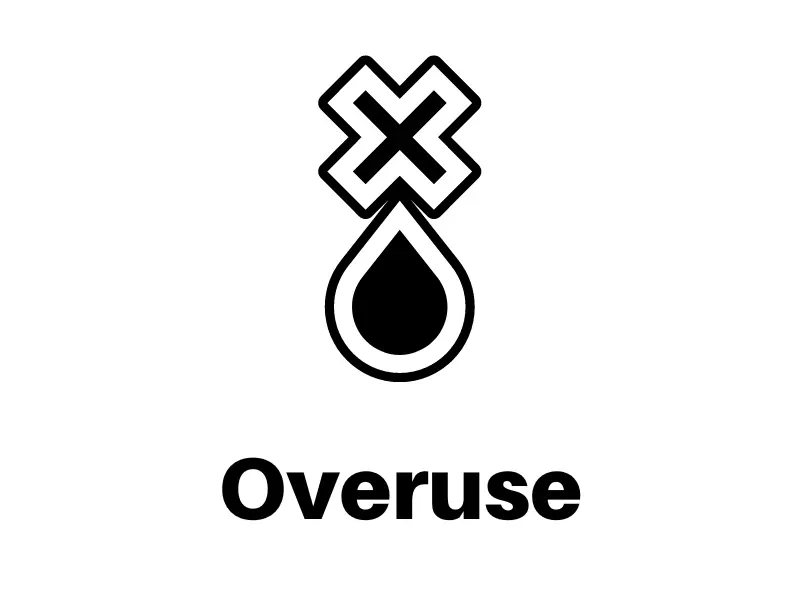
It’s tempting to unleash the power of pressure washing on every speck of dirt we encounter, but sometimes less is more. By using pressure washing only when necessary, we can conserve both water and energy.
For lighter dirt or smaller areas, consider opting for manual cleaning methods. Grab a brush, some elbow grease, and enjoy the satisfaction of a job well done without the need for excessive water consumption.
Reserve pressure washing for tougher stains or larger surfaces that truly require its mighty force.
If you want to know about the DIY cleaning solutions for pressure washing. Read here.
Conclusion
While pressure washing is an effective cleaning method, it is crucial to be mindful of the Environmental Impact of Pressure Washing. By adopting eco-friendly practices, conserving water, using appropriate detergents, and minimizing unnecessary usage, we can mitigate the negative effects of pressure washing on the environment. Remember, responsible cleaning ensures a cleaner world for everyone.
FAQs
- Is Power Washing Eco-Friendly?
Power washing is not inherently eco-friendly, but there are practices you can adopt to make it more environmentally friendly.
- How do you make pressure washing eco-friendly?
Make pressure washing eco-friendly by using water-efficient equipment, eco-friendly detergents, and proper waste disposal methods.
- Is pressure washing with bleach bad for the environment?
Pressure washing with bleach can be harmful to the environment due to its chemical content. It’s best to avoid direct release into the environment and consider eco-friendly alternatives.
- What are the cons of pressure washing?
The cons of pressure washing include potential damage to surfaces and the significant water consumption involved.
- Can pressure washing save water compared to other cleaning methods?
Pressure washing can be more water-efficient compared to traditional hose cleaning methods if used correctly. The high-pressure water spray allows for effective cleaning with less water, making it a more efficient option in many cases.


2 thoughts on “6 Environmental Impacts of Pressure Washing and Ways to Minimize It”
Why people still use to read news papers when in this technological
world all is presented on net?
Greetings I am so delighted I found your webpage, I really found you by mistake, while I was browsing on Bing for something else, Anyhow I am here now and would just like to say thanks a lot for a incredible post and a all round
enjoyable blog (I also love the theme/design), I don’t have time to go through it all at
the moment but I have saved it and also included your RSS feeds, so when I
have time I will be back to read more, Please do keep up
the awesome b.